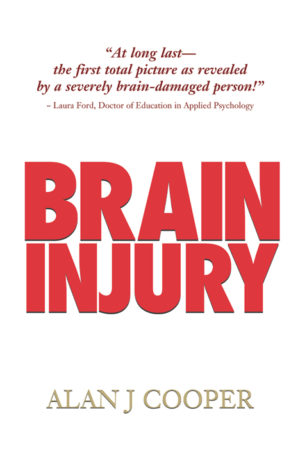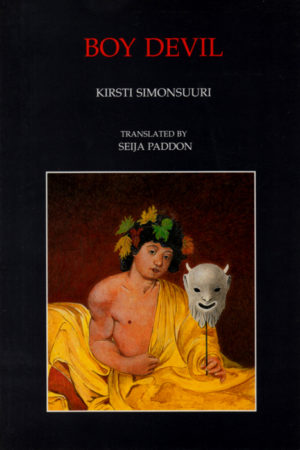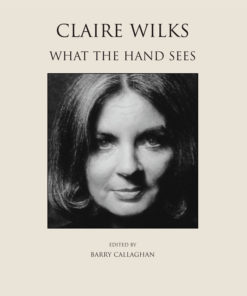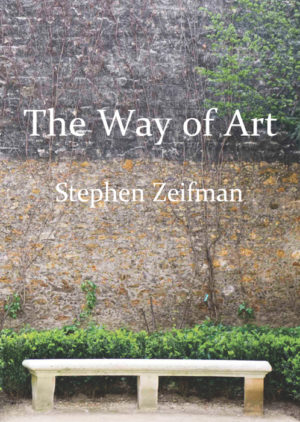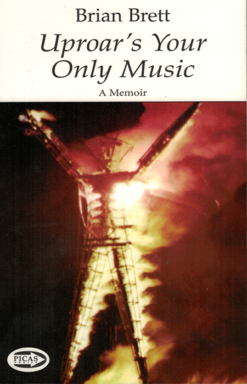Egregore
$59.95
The Montréal Automatist Movement.
Of the various groups and schools of artist in Canada, none was so diverse in talents, yet so cohesive, and none can claim so broad an impact on its society, as the group first called the Montréal Surrealists, later known as the Automatists.
The painters of this group were among the first nonfigurative artists in Canada. They began with experiments stimulated by French Surrealists, increasingly nonrepresentational. While the Automatists worked in relative isolation, what came to be called Abstract expressionism was developing in some very similar directions in the United States. There were major differences, however. The Montréal group included writers, dancers, photographers and designers, as well as painters, and they were much more actively involved with the politics of art than their American counterparts. They also maintained a consistent enthusiasm for social change, as witnessed by the publication of their manifesto, Refus Global, a key document in the modern history of Quebec.
The Automatists saw themselves as part of the great modern avant-garde, but they also insisted they had gone beyond such movements as Cubism and Surrealism. They produced an astonishing collection of works, both visual and verbal, to support their claims, and a body of theoretical writing that is unique in North America, both for its quantity and sophistication. And yet, although Paul-Émile Borduas and Jean-Paul Riopelle may be familiar to art lovers around the world, the other signatories of the Automatist manifesto are not as well known as they deserve to be; nor do many people, even in Quebec, know the history of the group’s collective action.
This book seeks to remedy that situation. It makes available, for the first time in English, texts that are crucial to an understanding of Automatism, and indeed to an understanding of some of the most debated ideas of this century concerning art, its purpose, and its relation to society. There is new material here, even for readers familiar with studies on individual Automatist painters or writers. Besides being a general history, it is an account of individual change and group dynamics, illustrated with reference to letters, personal accounts, magazine and newspaper articles, poems and plays, with photographs of people, events, documents and works of art.
The first study in English or French of the automatiste movement in Quebec, those writers, composers, actors and painters who have been absolutely central to the imaginative experience of the cultural revolution. This book will be absolutely indispensable to anyone attempting to understand where Quebec (and Canada) has gone and is going.
Related products
Non-Fiction
Fiction
Non-Fiction
Non-Fiction
Fiction
Non-Fiction
Non-Fiction





